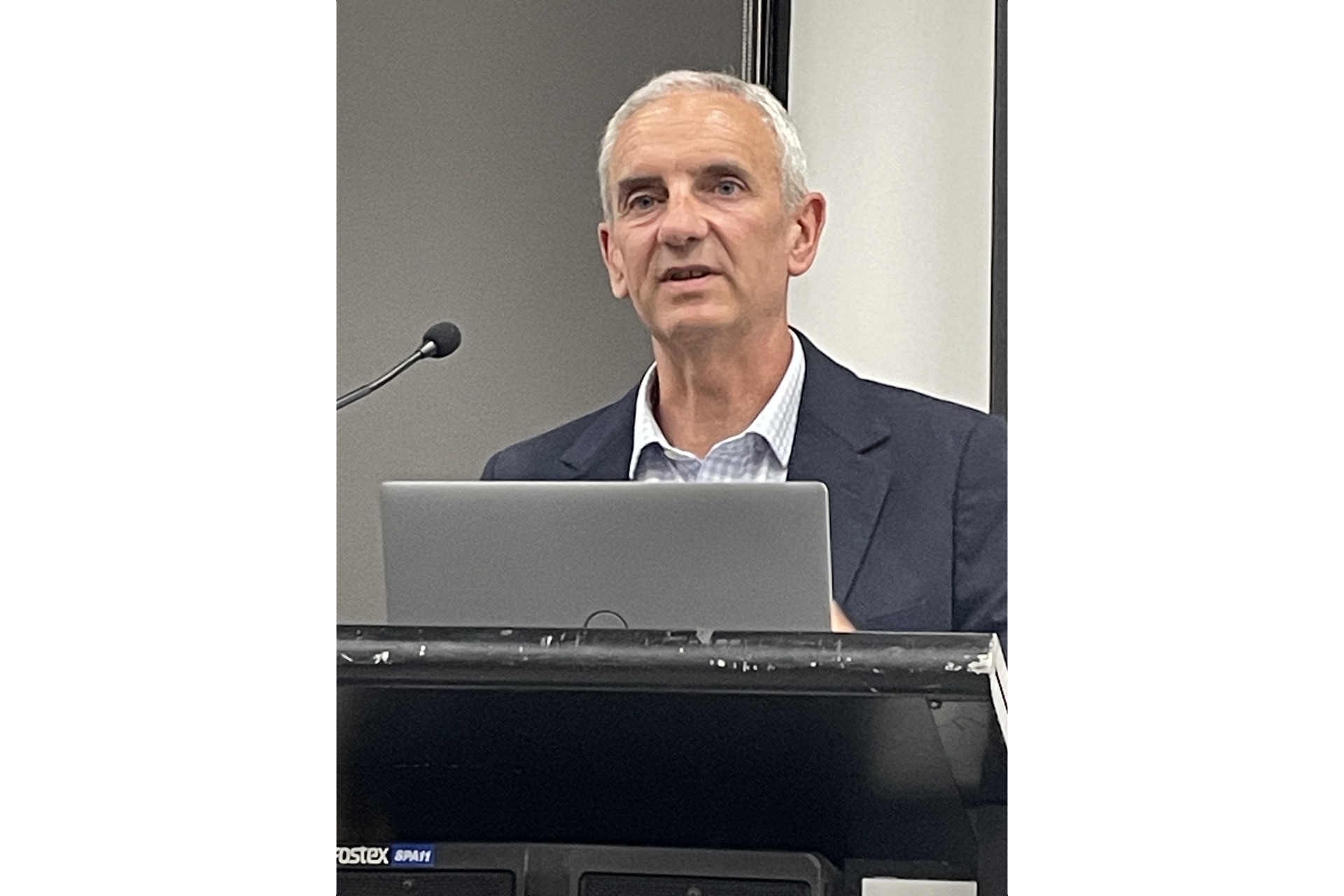The Australian Collision Industry Alliance (ACIA), which seeks to ease the skills shortage in body repair, held an information session this week at Kangan Institute’s Automotive Centre of Excellence in Melbourne to encourage industry stakeholders to join the organisation.
“This is a problem that touches every part of the industry regardless of what type you are in or what type of supplier you are, or what type of network you are working in,” ACIA Board Member Rob Bartlett told the audience of body repairers, industry suppliers and OEM representatives.
“We know there is a huge number of challenges in this industry. We know there is a skills shortage; we know there is a lack of incoming talent, and that the industry has been aging for some time.”
Bartlett said the challenge cannot be solved by efficiencies and technology alone. “At the end of the day, you still need to have a certain number of people, and you still need to bring them through.”
He praised trade associations for their efforts to address the skills shortage but acknowledged the difficulty of doing so when these organisations must serve multiple areas of the industry.
“[Trade associations] have tried really hard; this is a really tough problem [and] they have a lot of things to do. Our organisation is not going to try to do all those lots of things; it’s going to try to do one thing. That’s why we think that having this central repository of information and co-ordination is a way to help start to turn around the problem, so people will know where to go to, who to ask, and that they will be supported with information.
Though only formed this year, the ACIA has already participated in the Trades Fit expo in Melbourne, a careers event to attract young women to trades and technology industries. It has also produced a high-quality video showing the professional and personal benefits – such as home ownership – that a career in body repair can bring. According to the ACIA, these types of promotion are typically too expensive for body shops to produce individually, but are economically viable for the Alliance due to the collaborative funding of members and supporters.
“One of the reasons we have been able to hit the ground so fast is because of [our] foundation supporters. They have all committed significant amounts of money – $5,000 or even $10,000 each – and that means we have got enough money to employ people, we are solvent, we can start to get work done,” said Bartlett.
To ensure ongoing progress, the ACIA says it seeks new members and welcomes additional corporate support.
While the Alliance has a clear action plan, Bartlett told the audience that significant change will take time, describing it as “a very complex task”.
“One thing I’m being very clear about with people when I have a chat about it is – let’s be honest – this is the beginning of a journey. You wouldn’t expect us to produce massive, radical turnaround change immediately. Let’s hope we do that one day, but we need to do baby steps. We need to put together a really solid framework of programmes and processes – a really solid, well-funded organisation that can be there for the long term and can really assist the industry to take those steps forward, and I think we’ve made a good start.”

